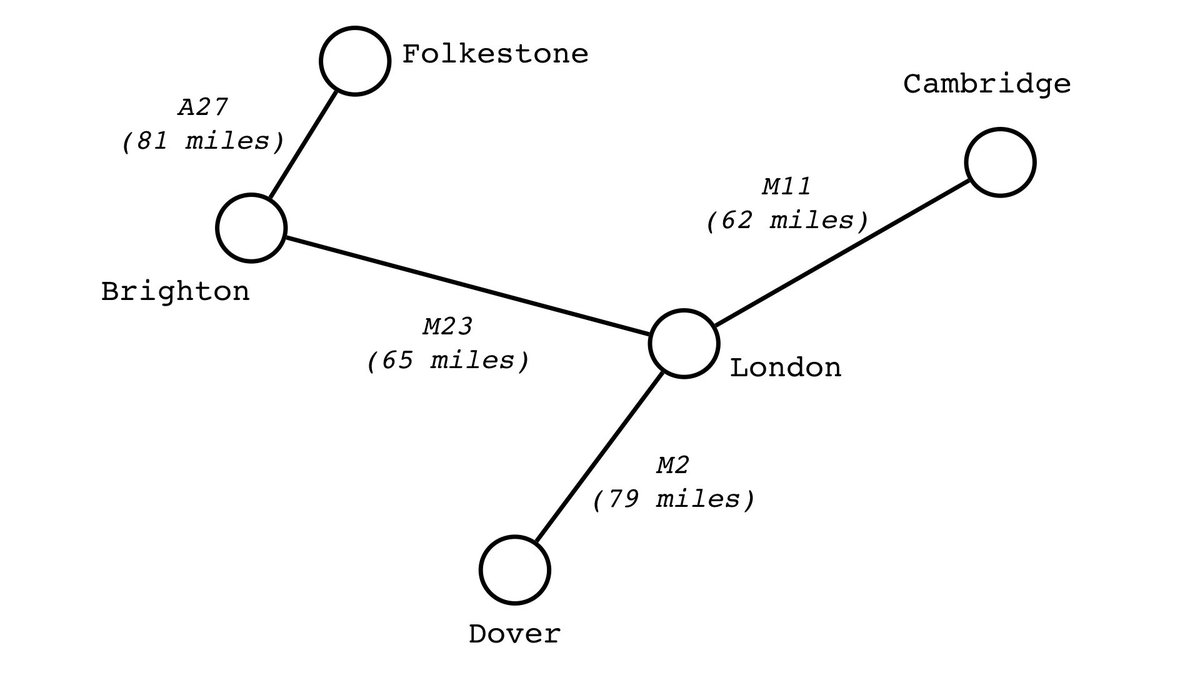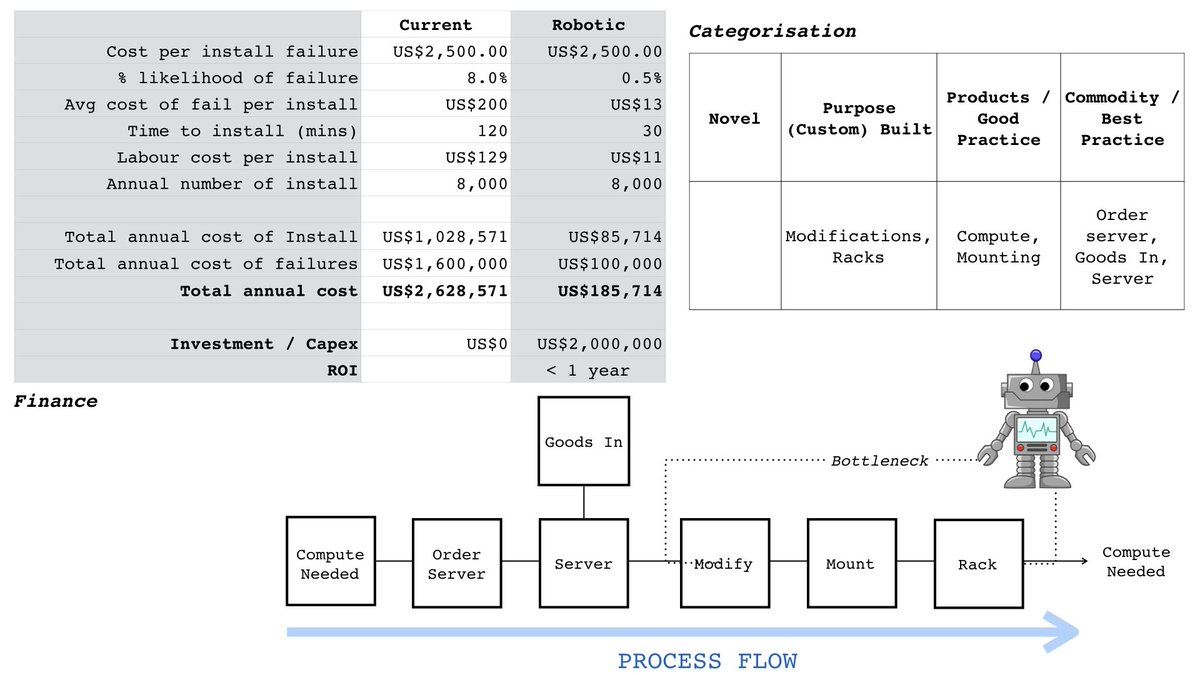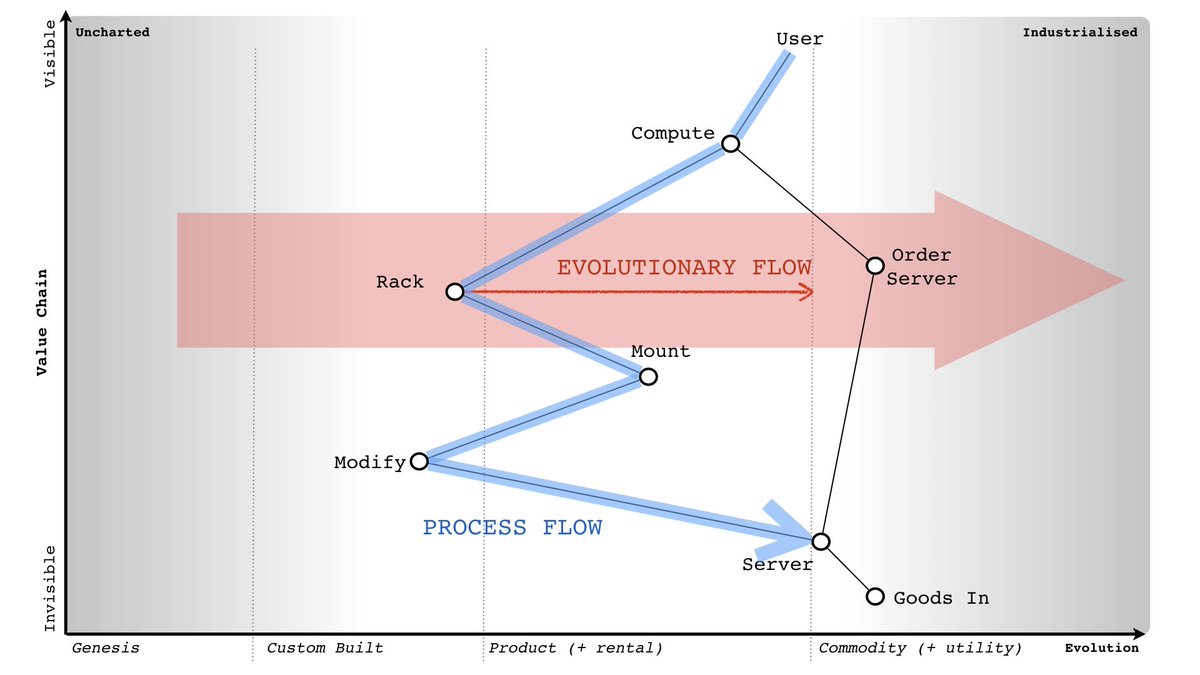X : Can you explain the difference between a graph and a map?
Me : In a map space has meaning.
X : What does that mean? In practical terms?
Me : In the following graph, tell me ... is it quicker to walk to Dover from Folkestone or Cambridge?
Me : In a map space has meaning.
X : What does that mean? In practical terms?
Me : In the following graph, tell me ... is it quicker to walk to Dover from Folkestone or Cambridge?

... now, let me give you a really crap map and ask the same question again. Is it quicker to walk to Dover from Folkestone or Cambridge? 

Me : The key is space has meaning. When you change a map i.e. move a component within it then you're changing the meaning of the map.
X : I don't think your lines are right sized.
Me : The distance is written in text. A map is about the relative positioning of things in a space.
X : I don't think your lines are right sized.
Me : The distance is written in text. A map is about the relative positioning of things in a space.
... for example, in my form of maps that space is defined both through the connection of components in a value chain and how evolved those components are. This enables us to solve all sorts of difficult problems e.g. what methods should we apply, how should we organise etc 

... if you move a component, you change the context and hence meaning of the map.
X :What if I take two components and measure the distance between them?
Me : OMFG. These are Babylonian clay tablets, early maps. Get used to the basics of mapping before arguing about distance.
X :What if I take two components and measure the distance between them?
Me : OMFG. These are Babylonian clay tablets, early maps. Get used to the basics of mapping before arguing about distance.
X : But in your example you used ...
Me : ... a very imperfect and imprecise map to convey a useful message. Which bizarrely enough is exactly what my maps are used for.
Me : ... a very imperfect and imprecise map to convey a useful message. Which bizarrely enough is exactly what my maps are used for.
X : But maps need measurement.
Me : No they don't. Early maps were crap at scale. Give it a few decades of people coming up with better ways of mapping and then maybe we'll get some effective way of measuring distance. They key is to start with anchor, position and movement.
Me : No they don't. Early maps were crap at scale. Give it a few decades of people coming up with better ways of mapping and then maybe we'll get some effective way of measuring distance. They key is to start with anchor, position and movement.

X : But what is that measurement going to be?
Me : No idea. If I'd hazard a guess it'll probably end up something related to energy. Most things do.
Me : No idea. If I'd hazard a guess it'll probably end up something related to energy. Most things do.

X : You must know.
Me : I'm drawing lines in sand saying "isn't this a more effective way of representing a space" and you're going "yeah, but how do I know that distance is right" ... I don't. Give it a few decades. Maps need to evolve as well. Why do you think I made it open?
Me : I'm drawing lines in sand saying "isn't this a more effective way of representing a space" and you're going "yeah, but how do I know that distance is right" ... I don't. Give it a few decades. Maps need to evolve as well. Why do you think I made it open?

X : In which case, why use maps?
Me : All maps are imperfect. All models are wrong. Fortunately, past explorers didn't go ... "well, since no-one can give us an ordinance survey map then we won't use maps" . You'd be surprised how useful the imperfect and often wrong can be.
Me : All maps are imperfect. All models are wrong. Fortunately, past explorers didn't go ... "well, since no-one can give us an ordinance survey map then we won't use maps" . You'd be surprised how useful the imperfect and often wrong can be.
X : I don't understand?
Me : Ok, I'm an insurance company. Let us start with a story to do with installing new compute. Have a read ... shout out when you spot the problem.
Me : Ok, I'm an insurance company. Let us start with a story to do with installing new compute. Have a read ... shout out when you spot the problem.

Me : We need a bit more. Let's add a process graph to our story to make the picture a bit clearer. This is a graph not a map and the bottleneck has been highlighted on the graph. I've even added a helpful "robot" as we're got to remove it.
Does it help? Can you see the problem?
Does it help? Can you see the problem?

Me : Let's add some more. This time we will add some financial figures as they always help clear things up. Can you see the problem now? ROI looks good. 

Me : Well, you can never have enough ... so lets add a categorisation of those process components. Nice tabular format. Can you see the problem yet? 

Me : Ok, let's take this all - the same process, the same financial figures, the same categorisation and simply turn it into a map. Can you now see the problem? 

The problem is (and this is a real world example) is the company was making custom built racks. The servers didn't fit into their racks, so they needed modification. They were focused on process flow and not evolutionary flow i.e. racks are standard these days. 

This is what context is all about. The meaning of the map changes as components move in the map. It's an exploration of a competitive space which enables us to ask questions and to learn patterns.
The defining characteristic of a map is that space has meaning i.e. shift the components about (keep the connections the same) and you change the meaning of the map ... hence ... 

It is why mind maps are not maps, nor are business process maps nor pretty much everything we call a map in business. They're graphs.
X : But what is the meaning of the space?
Me : That is defined by two things in these maps. How evolved the components are and their position in some value chain i.e. connection to other components. The value chain axis is simply training wheels i.e. scaffolding.
Me : That is defined by two things in these maps. How evolved the components are and their position in some value chain i.e. connection to other components. The value chain axis is simply training wheels i.e. scaffolding.

X : But how do you know they're right?
Me : I guarantee that they're wrong. All maps are and someone will make a better way of mapping over time. As imperfect as they are, they are still quite useful. They force us to think about users, the chains and how evolved components are.
Me : I guarantee that they're wrong. All maps are and someone will make a better way of mapping over time. As imperfect as they are, they are still quite useful. They force us to think about users, the chains and how evolved components are.
X : How did the company react when you explained buying robots was not a solution and stopping custom built racks was.
Me : It was the first part of a cloud story. However, the normal reaction (which is why I believe maps are useful) was - "oh, ffs ... are we really?"
Me : It was the first part of a cloud story. However, the normal reaction (which is why I believe maps are useful) was - "oh, ffs ... are we really?"

Me : What you have to understand is that people are trapped by past context. They're not daft, they're doing stuff because at some point it made good sense. If you can't show the context, it's really hard for them to break out of it.
X : Is the tube network a map?
Me : It is highly unusual in that the anchor is the tube network i.e.. there is no possibility to explore beyond it, you are constrained by it and so position and movement can only be in relation to fixed stations. Until they build a larger network.
Me : It is highly unusual in that the anchor is the tube network i.e.. there is no possibility to explore beyond it, you are constrained by it and so position and movement can only be in relation to fixed stations. Until they build a larger network.
X : Anchor?
Me : To describe a space, you need some form of anchor (i.e. north), the position of components relative to this (i.e. this is north of that) and some way of describing consistent movement (i.e. this is north).
Me : To describe a space, you need some form of anchor (i.e. north), the position of components relative to this (i.e. this is north of that) and some way of describing consistent movement (i.e. this is north).
X : Is this a map?
Me : No. You're not constrained by some mythical digital tube network where you can only stop at these stations. You operate in a competitive environment. This is a random collection of components posing as a tube map. It's pure gibberish.
Me : No. You're not constrained by some mythical digital tube network where you can only stop at these stations. You operate in a competitive environment. This is a random collection of components posing as a tube map. It's pure gibberish.

X : But if I look at your map, what does the distance between modify to mount and modify to compute mean?
Me : Oh, I see what you're saying. Like this?
X : Yes
Me : I've no idea other than how connected the components are and how evolved they are ...
Me : Oh, I see what you're saying. Like this?
X : Yes
Me : I've no idea other than how connected the components are and how evolved they are ...

Me : The way my form of maps work is the position is defined within the value chain (partial ordered list) and movement mostly through evolution (though obviously things become less visible as higher order systems are built). Did I mention that someone would make a better map? 

... these really are early stage maps. You should have a look at early maps. They are a long way from the maps of today both in terms of content and structure. 

X : But your first example was using distance?
Me : It was actually explaining why context is important in solving a problem. Same as with the insurance company. Both require an understanding of the landscape. This is where maps come in.
Me : It was actually explaining why context is important in solving a problem. Same as with the insurance company. Both require an understanding of the landscape. This is where maps come in.
X : But distance is key.
Me : No, it's that space has meaning. In geographical terms that space represents physical distance. In economic terms, I represent that space as visibility in a value chain and evolution of components.
X : Well, that's wrong.
Me : Make a more useful map.
Me : No, it's that space has meaning. In geographical terms that space represents physical distance. In economic terms, I represent that space as visibility in a value chain and evolution of components.
X : Well, that's wrong.
Me : Make a more useful map.
• • •
Missing some Tweet in this thread? You can try to
force a refresh







